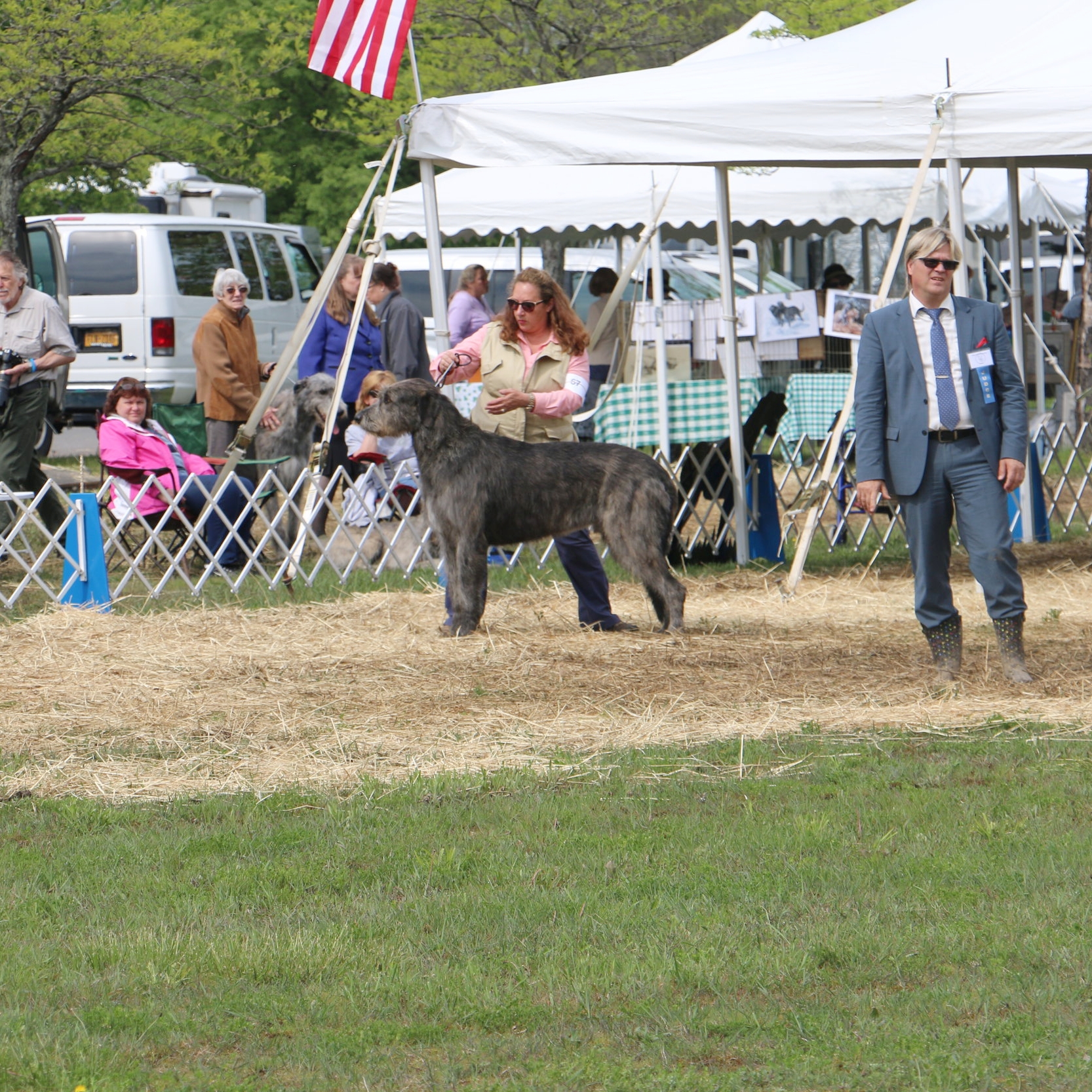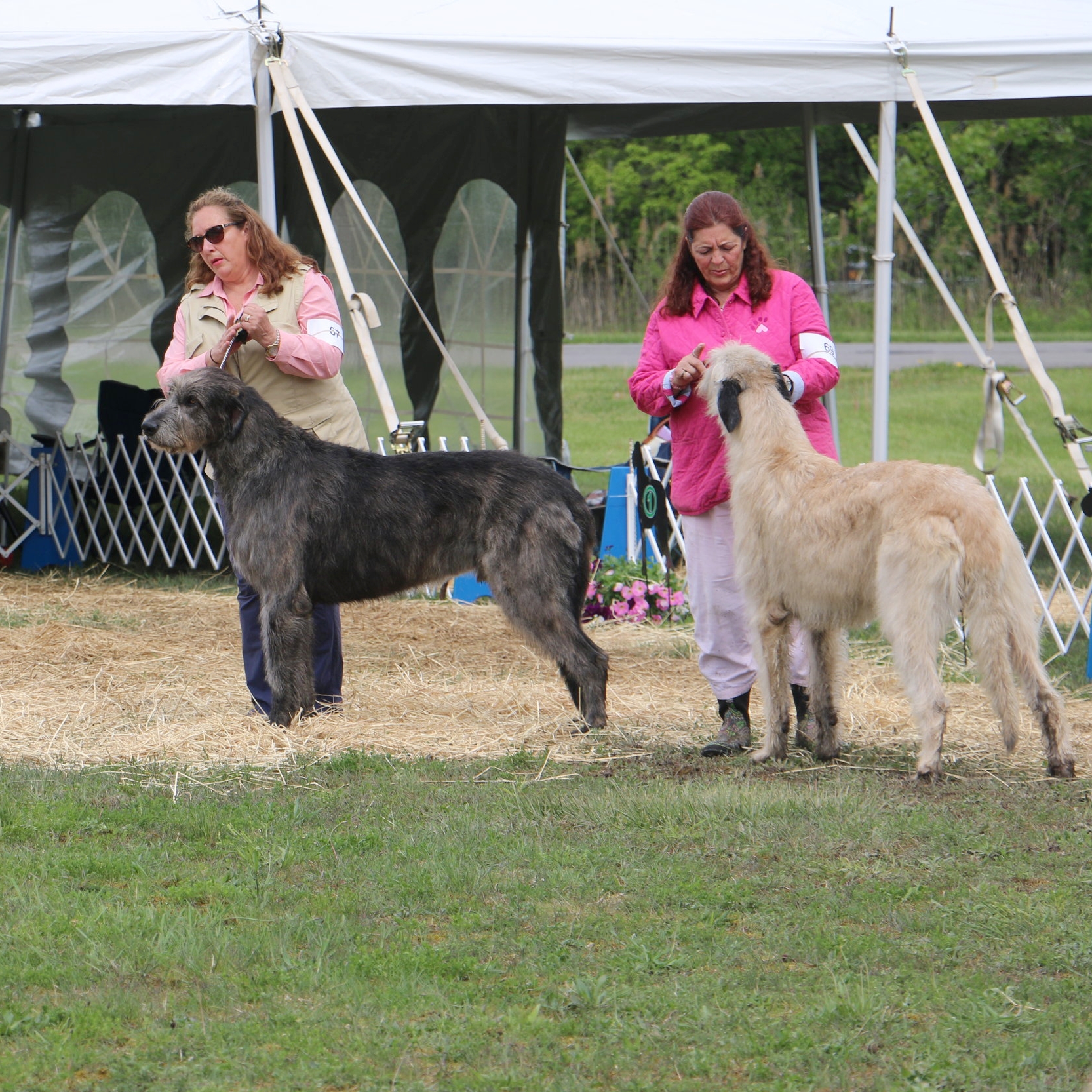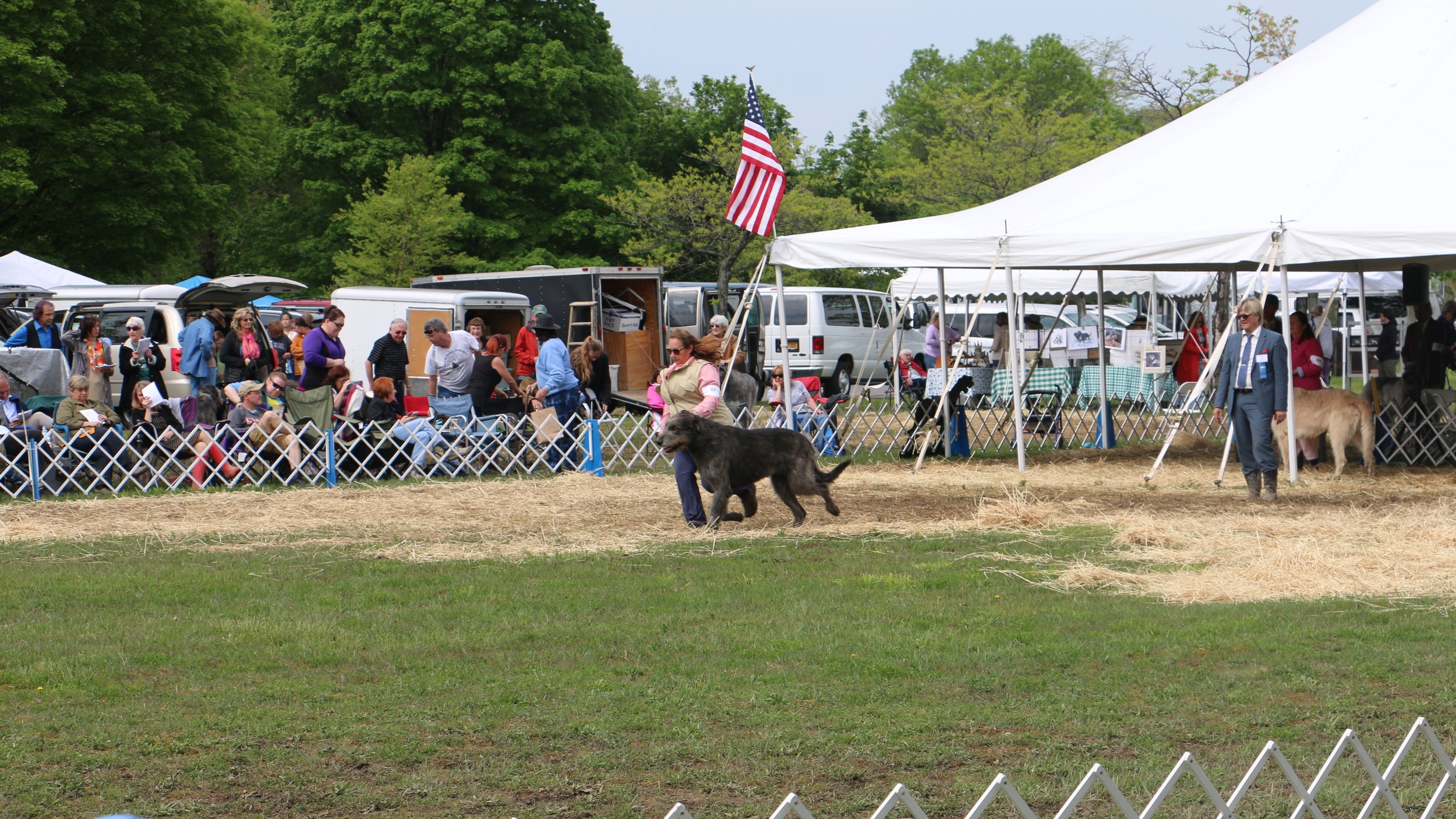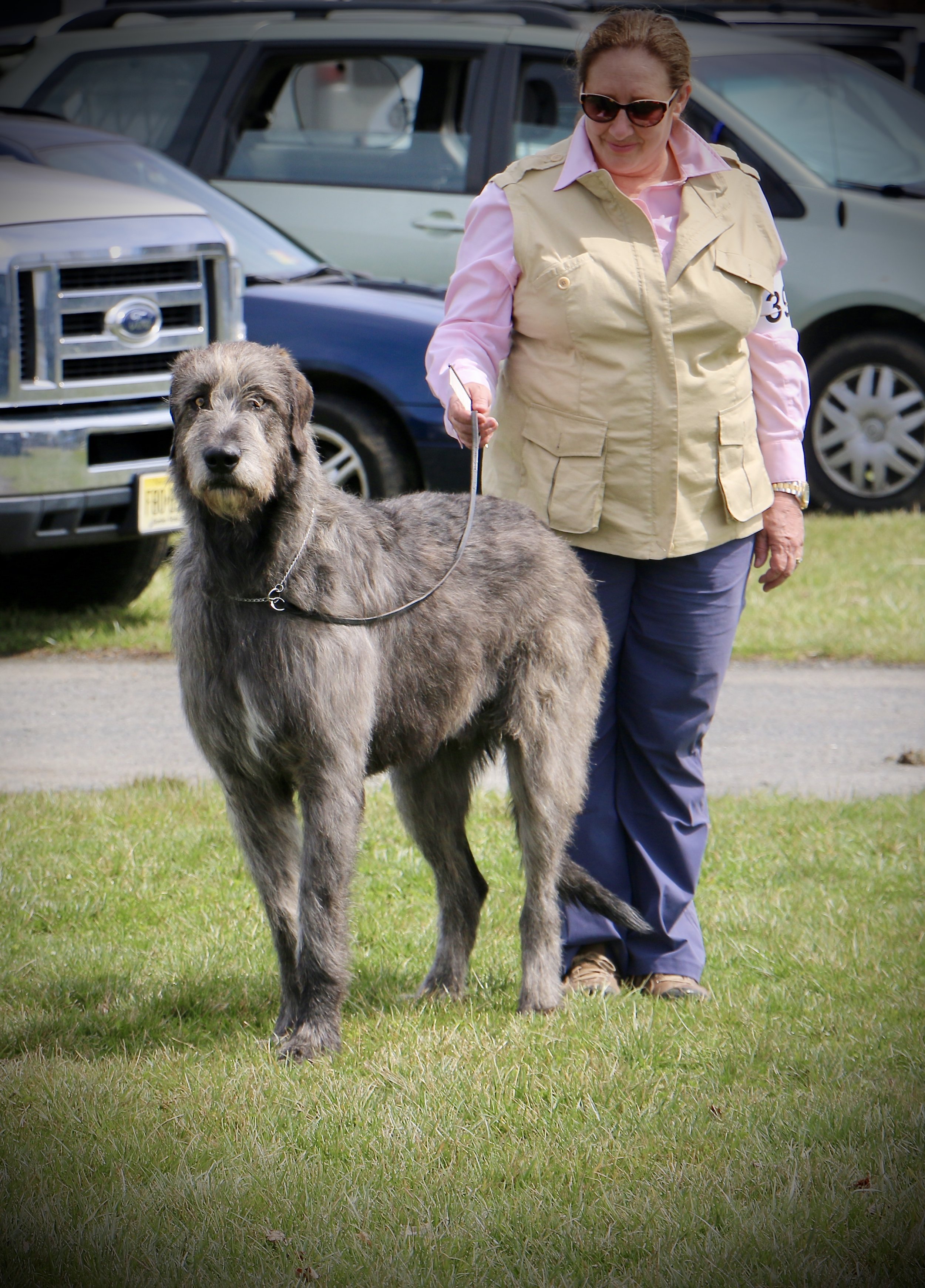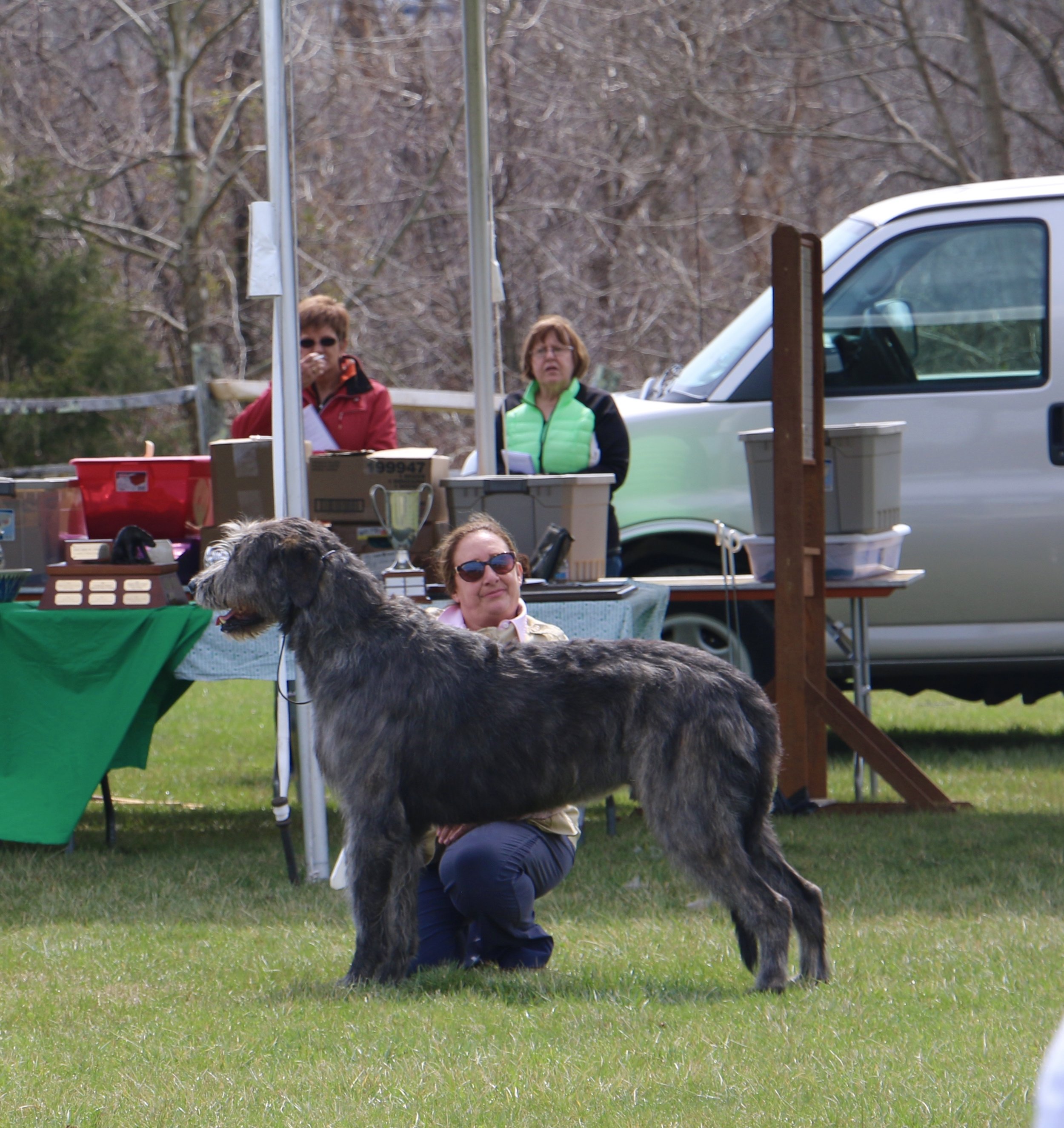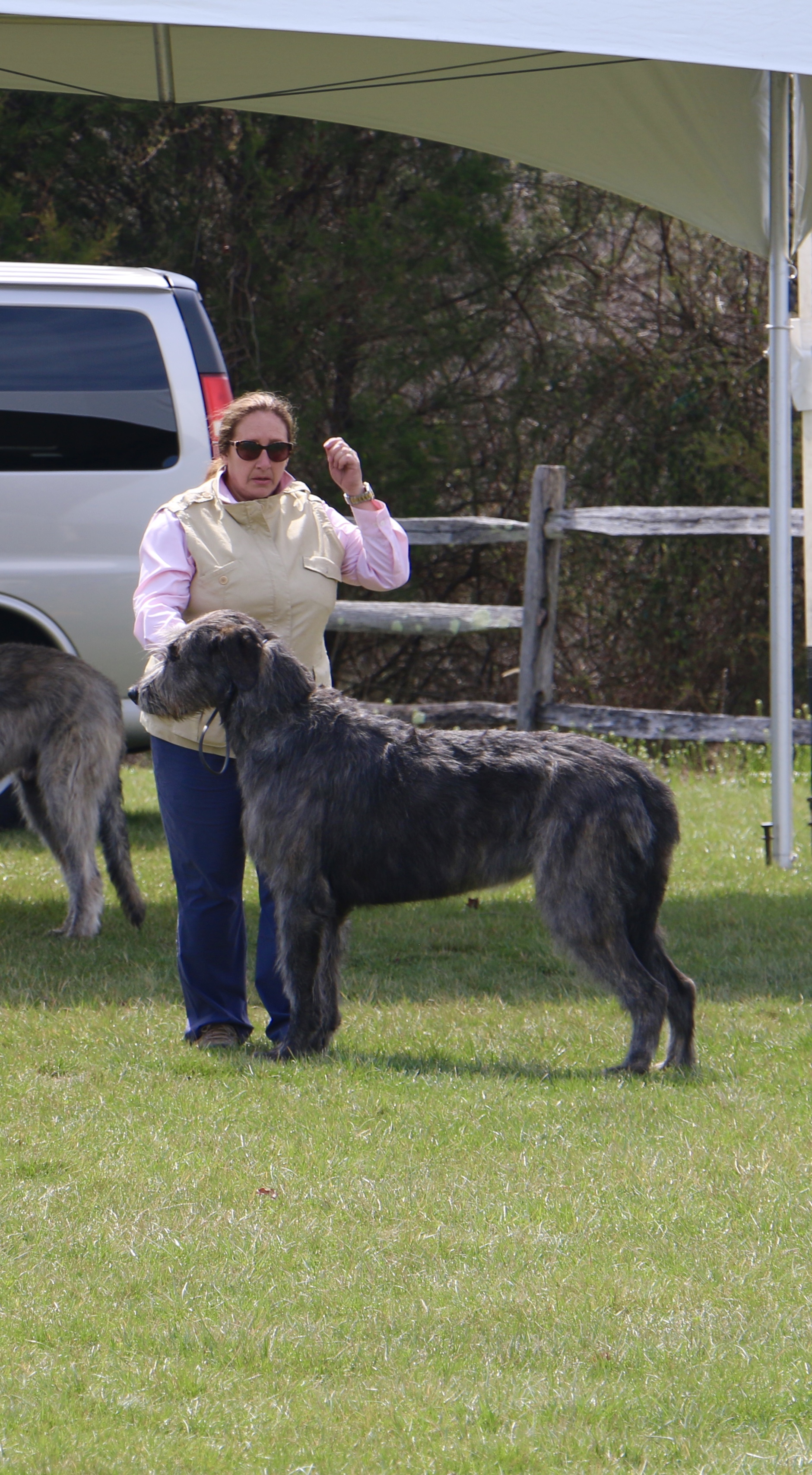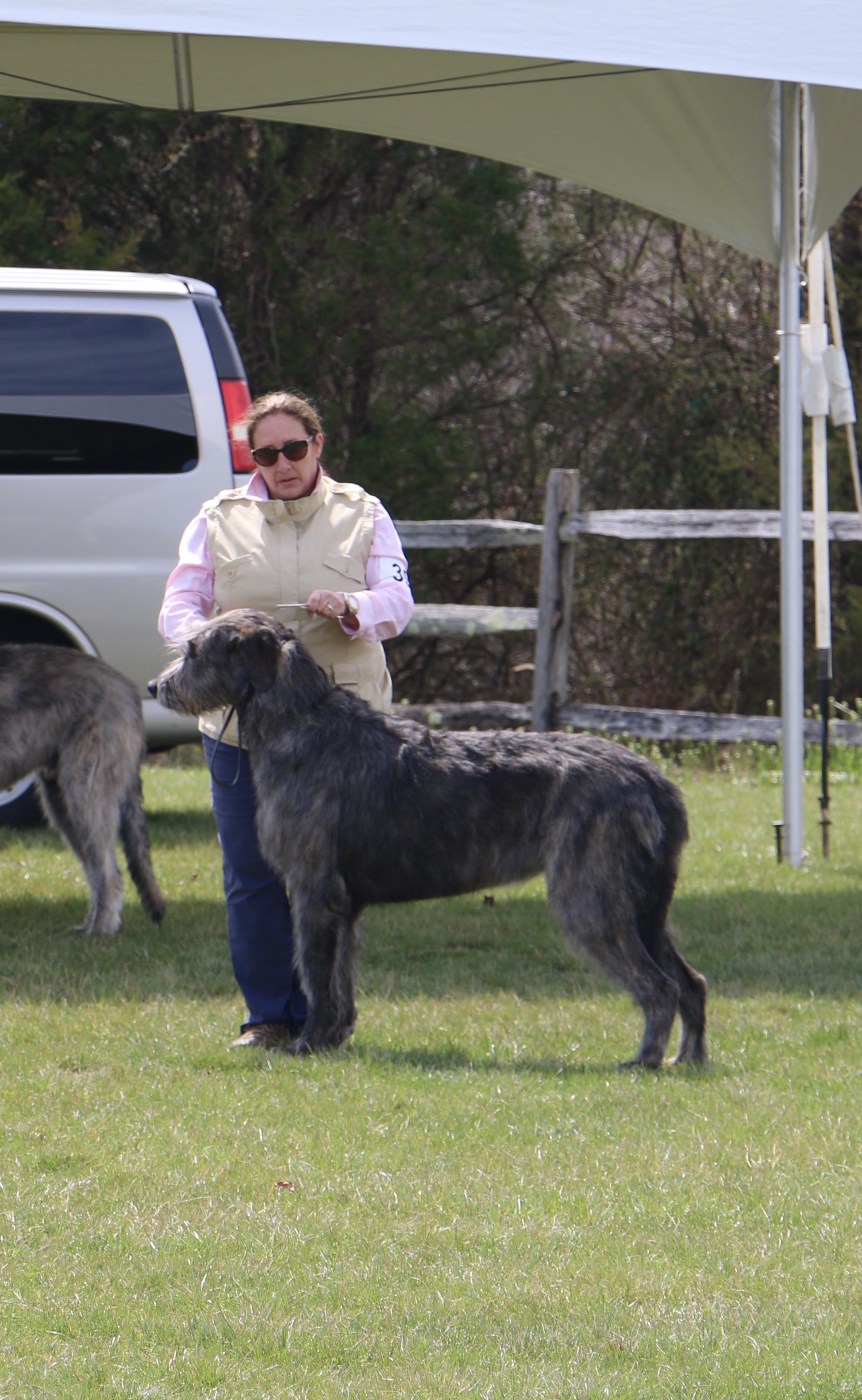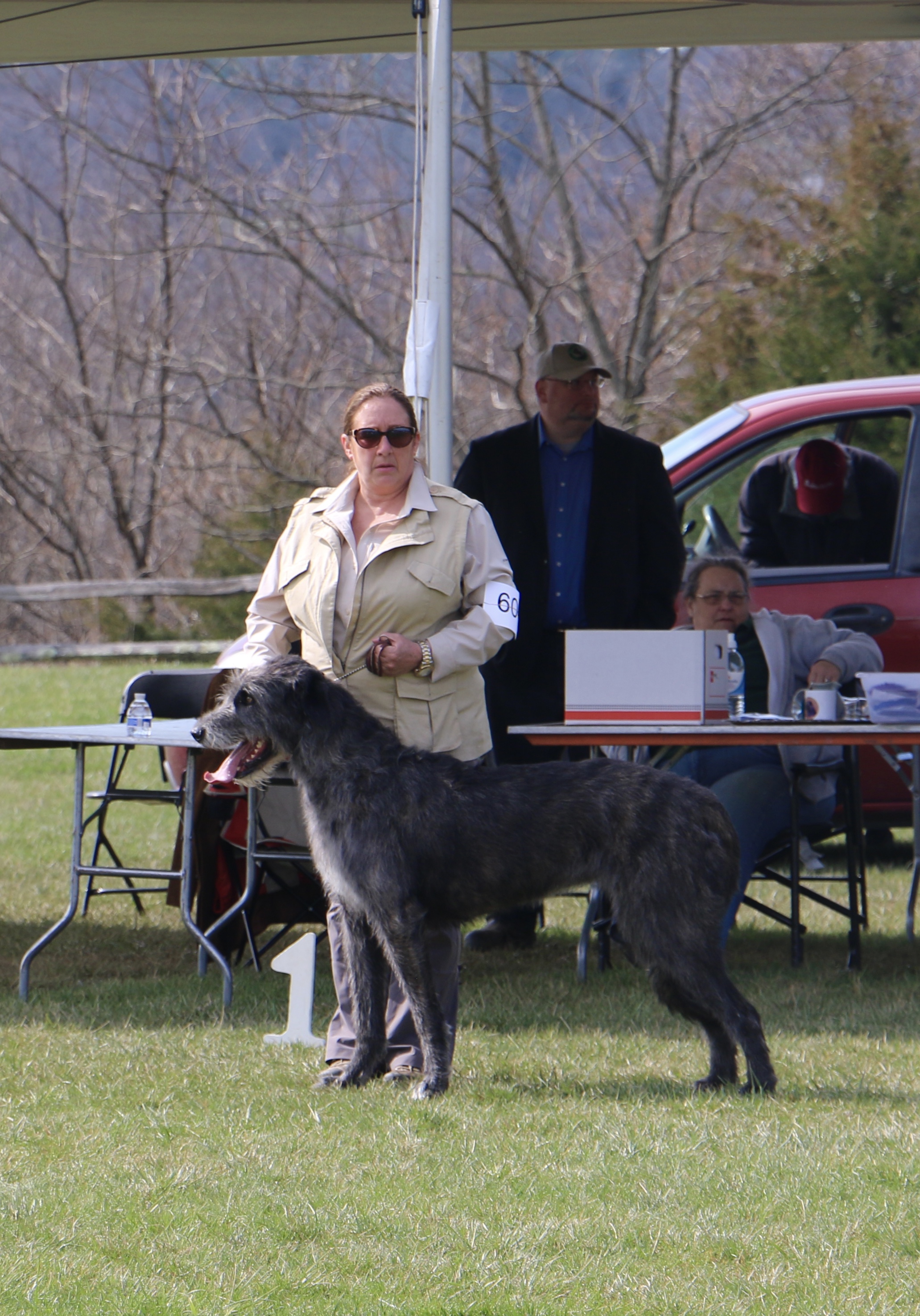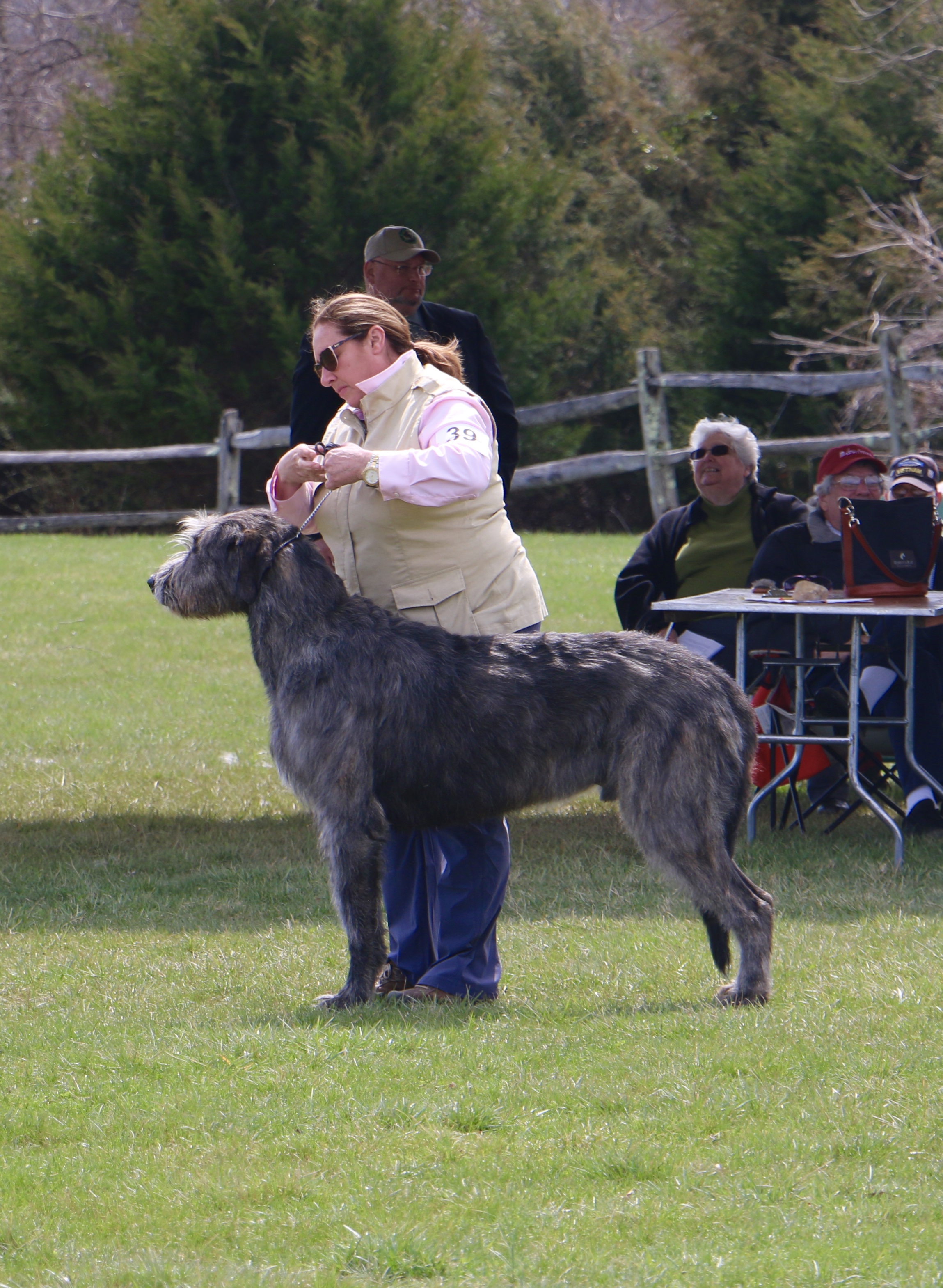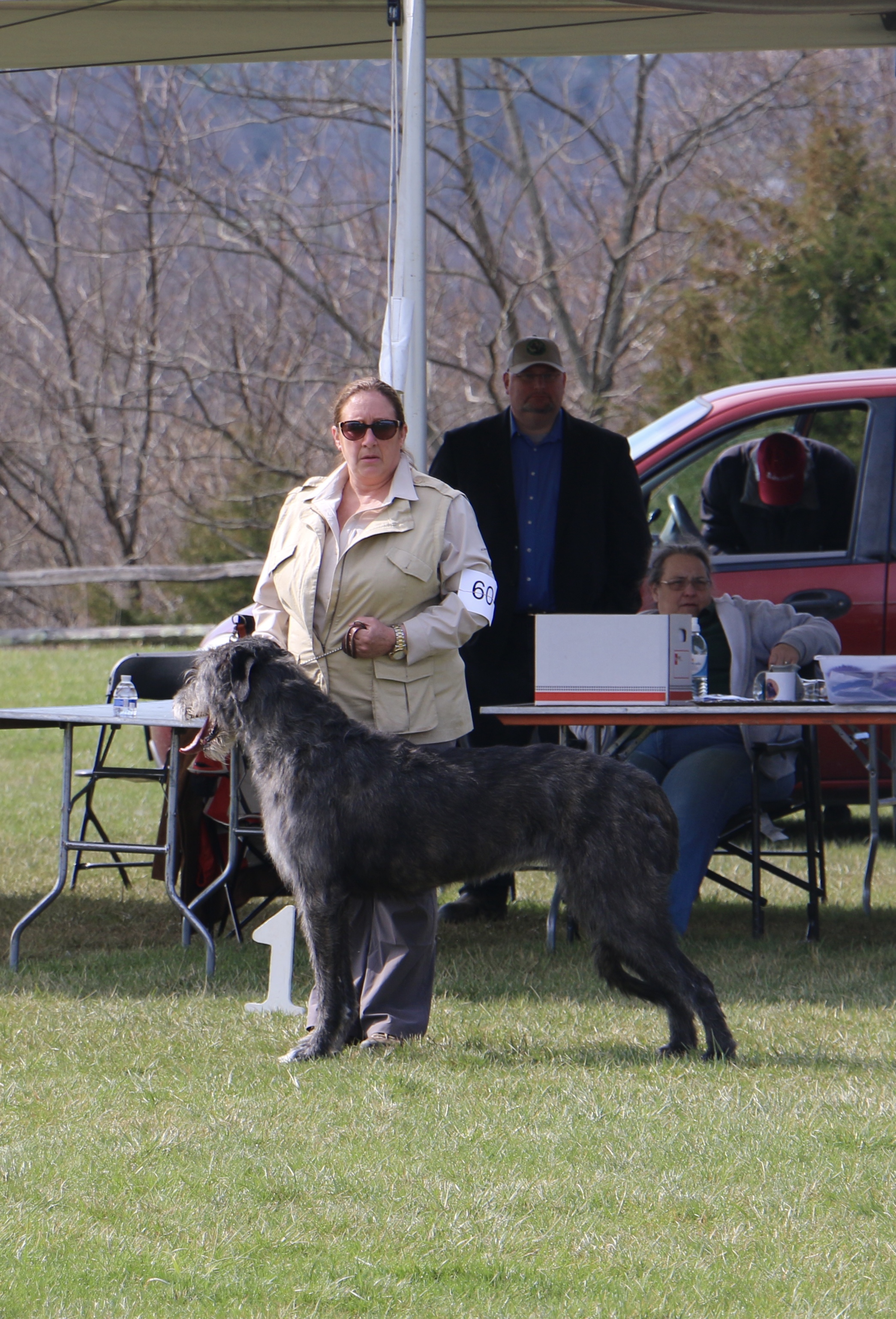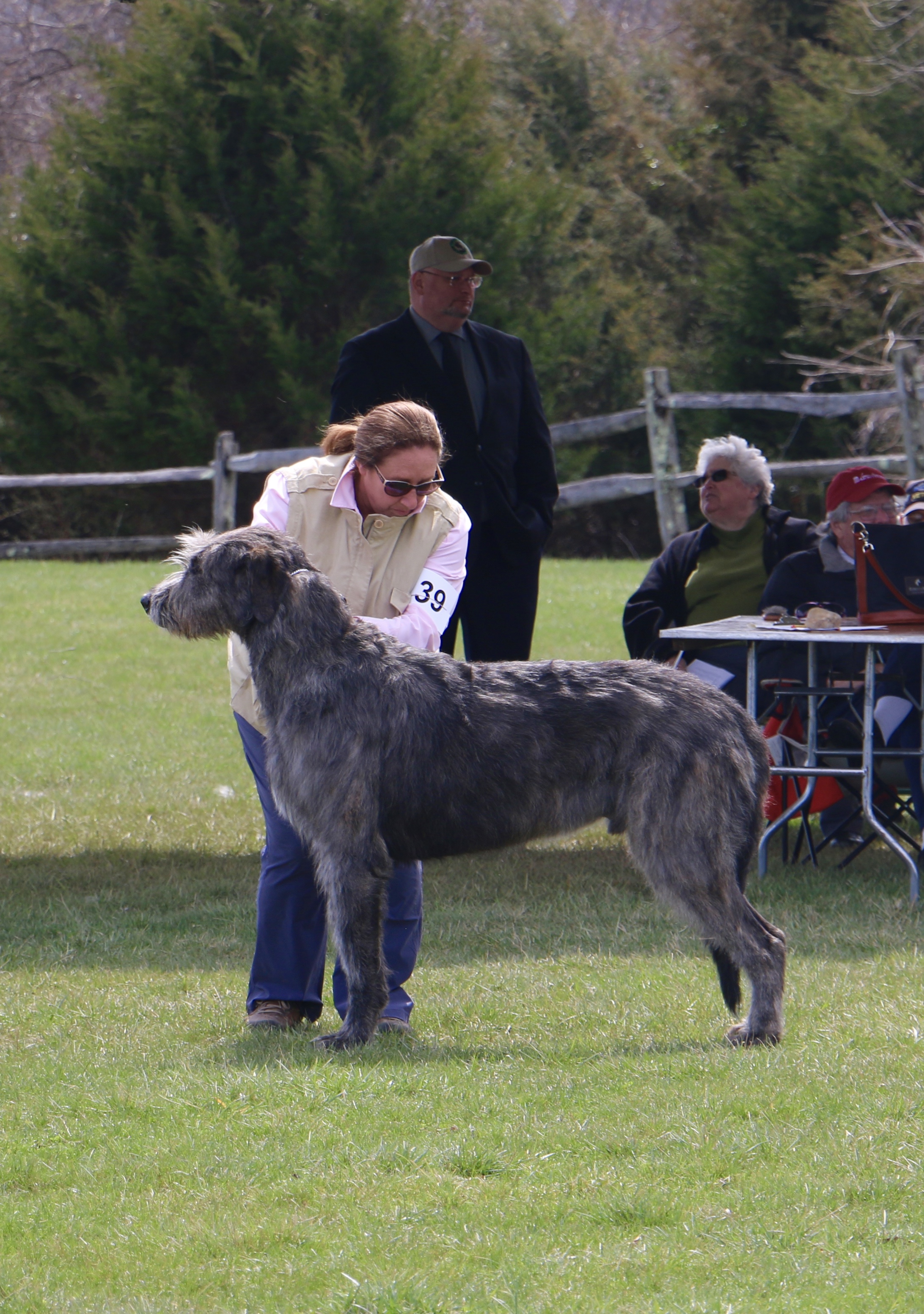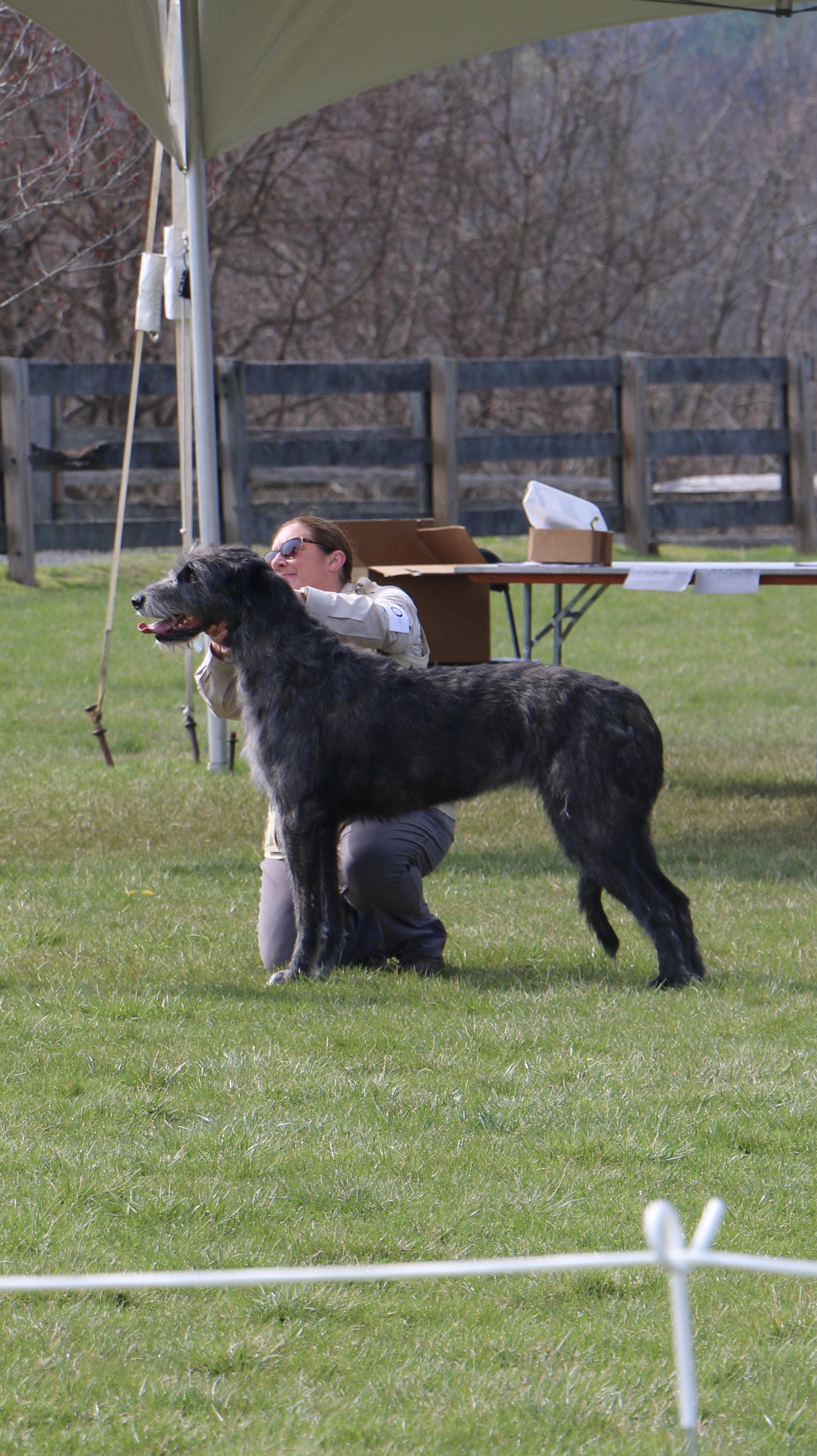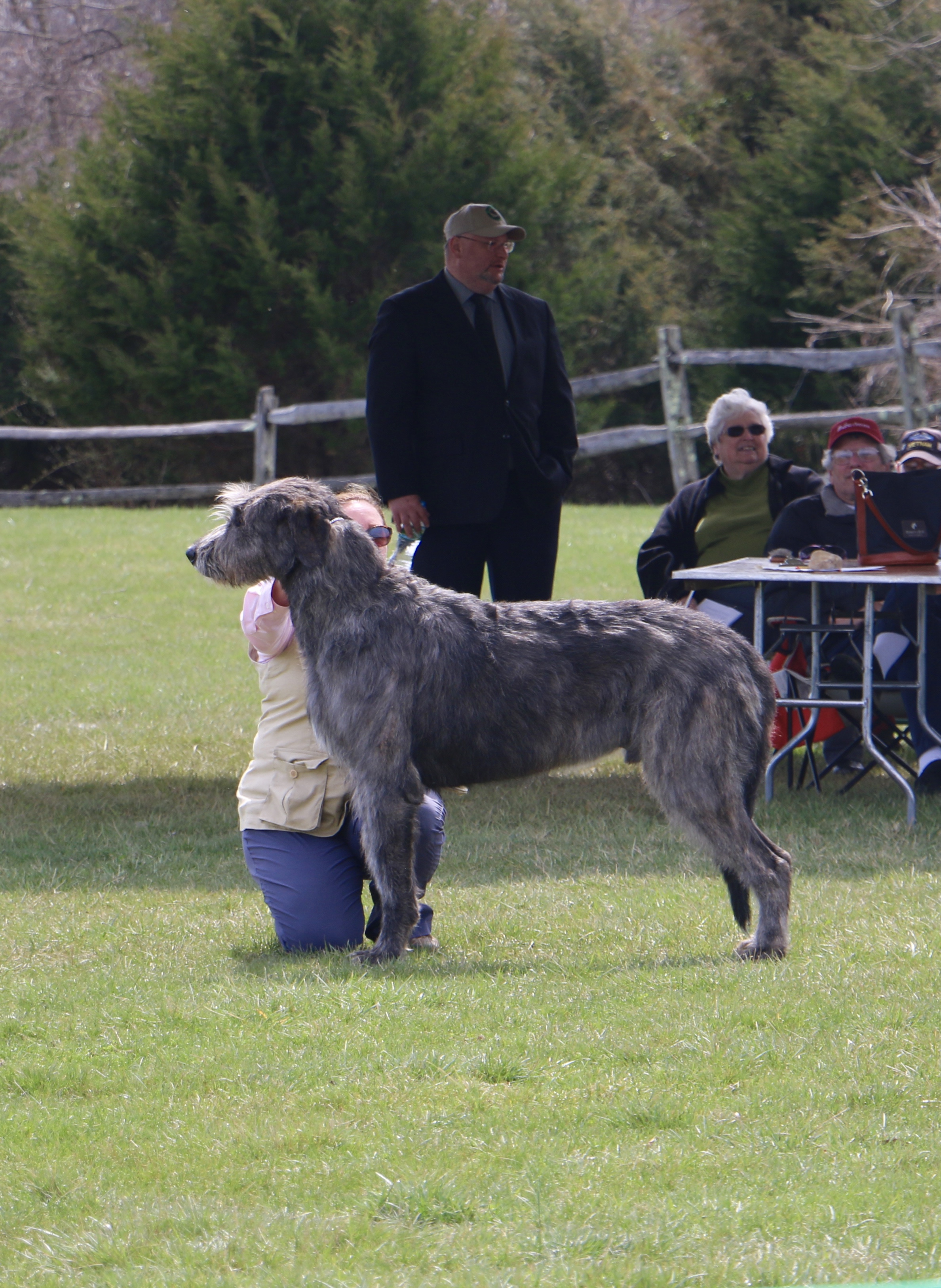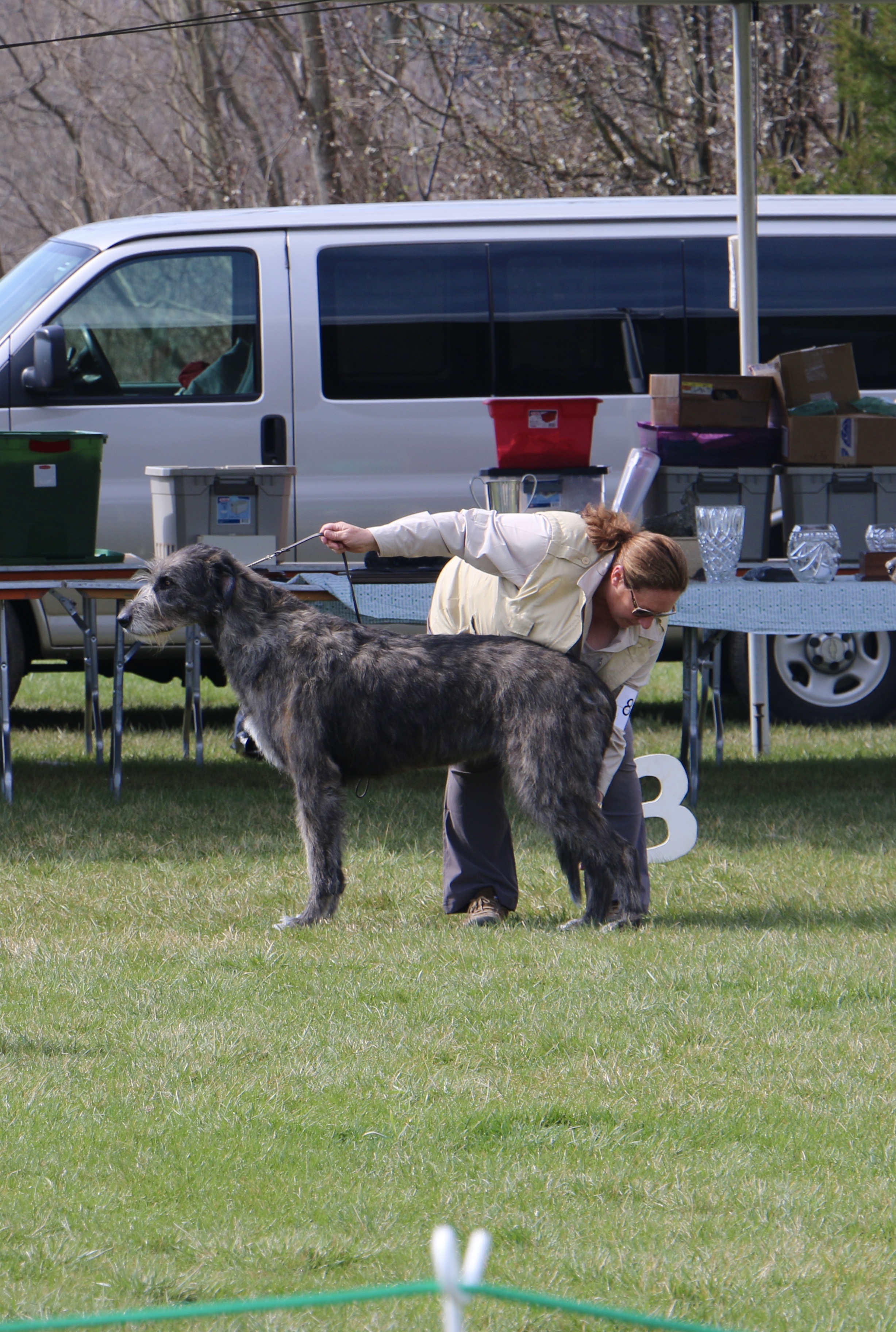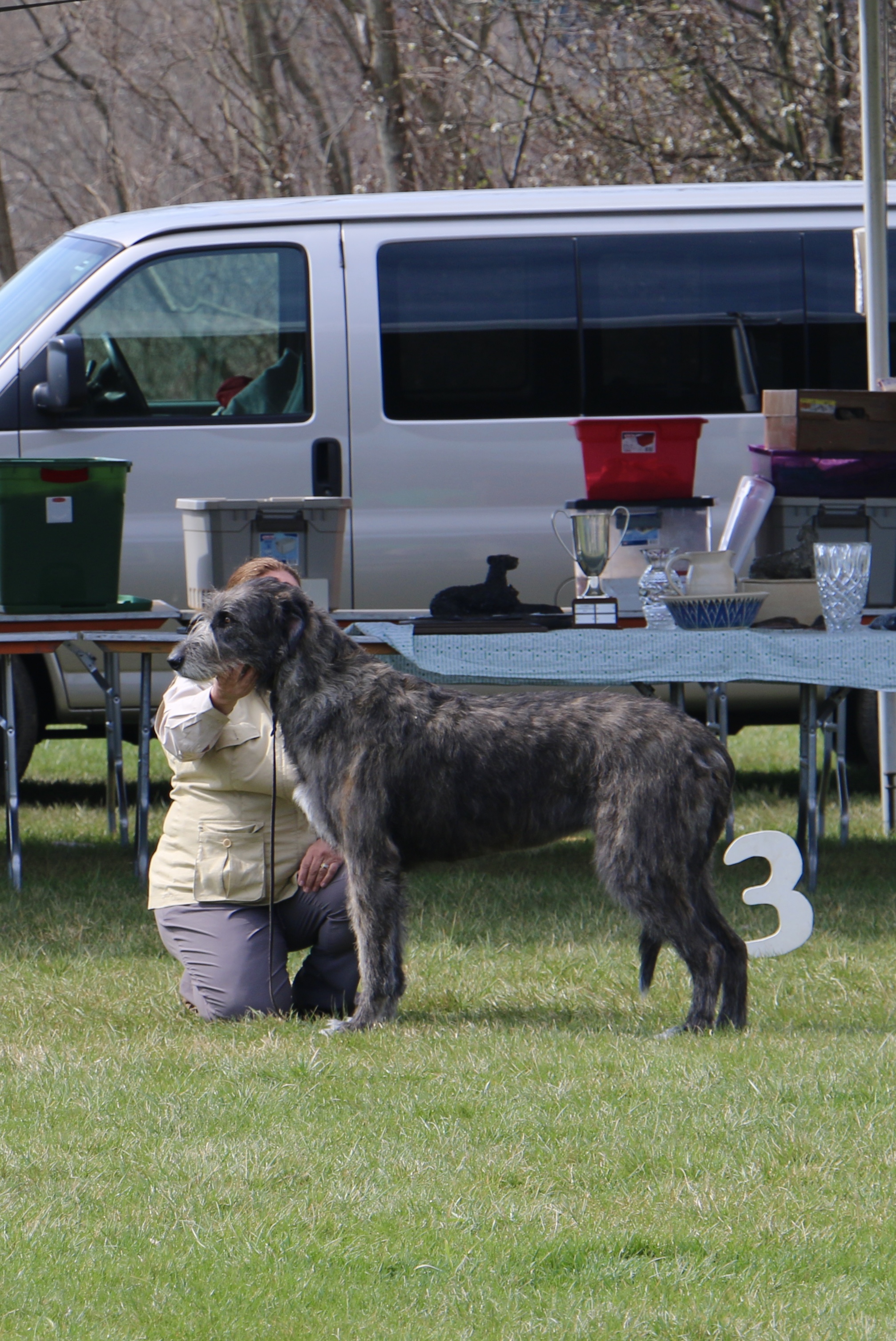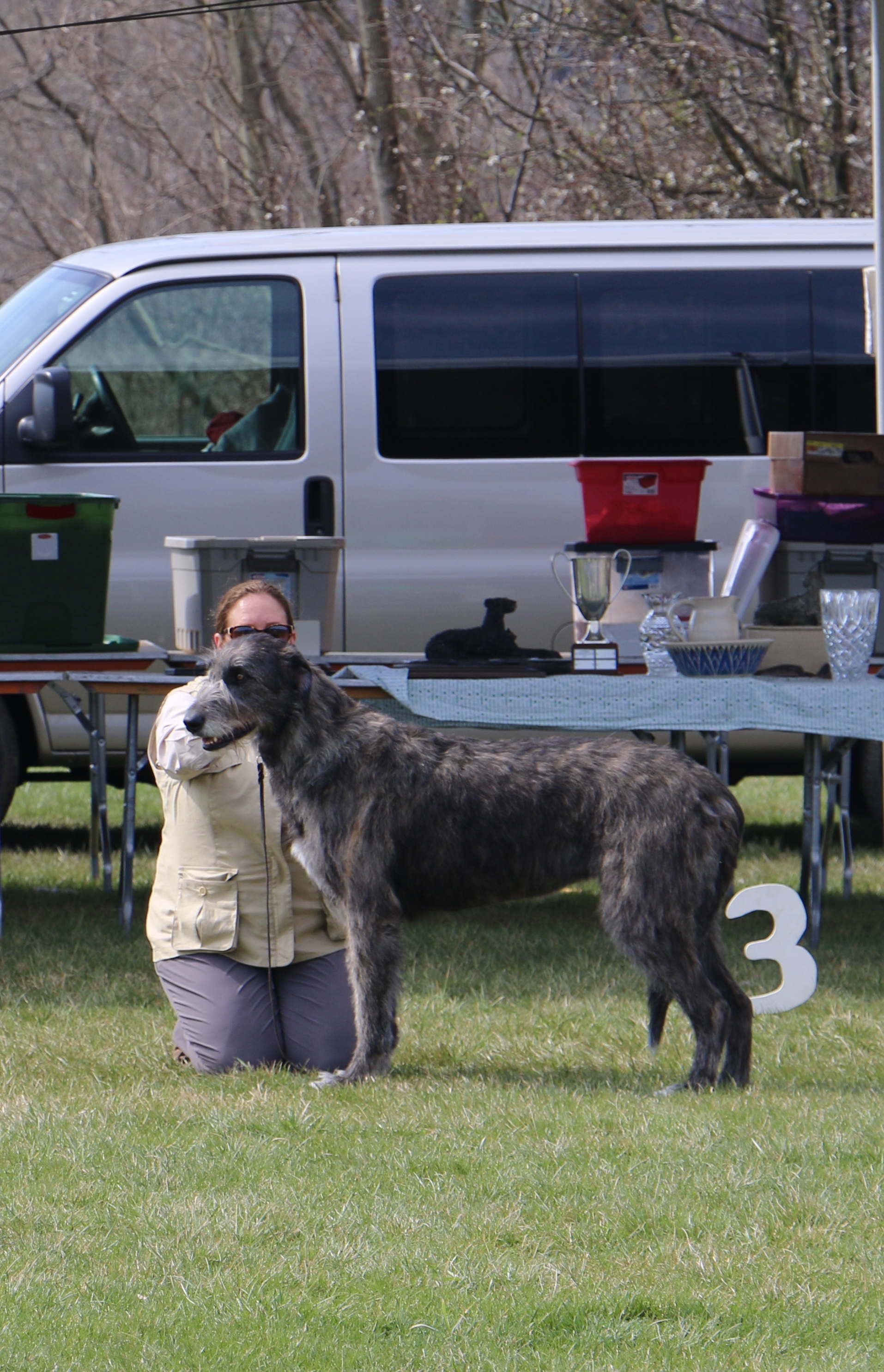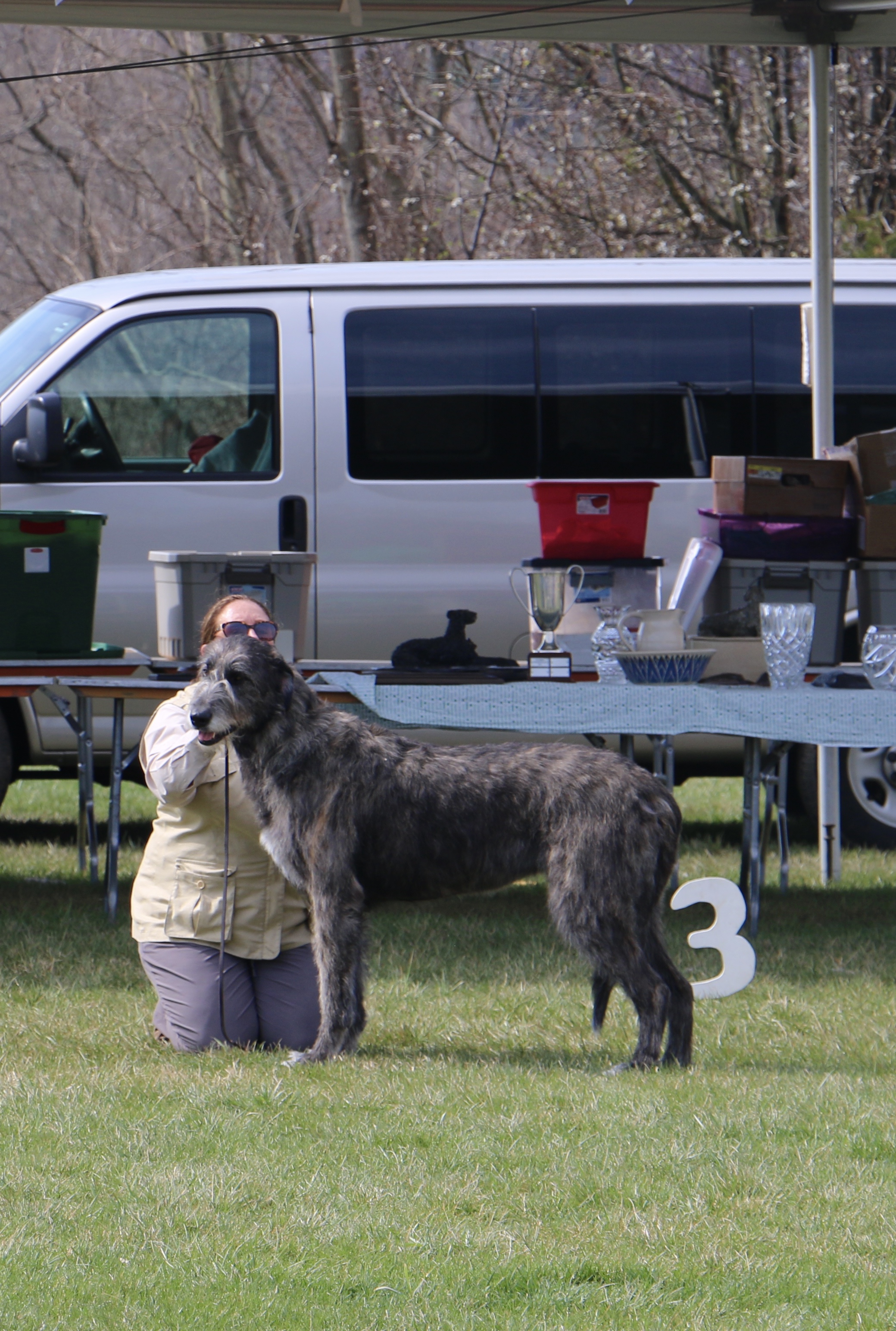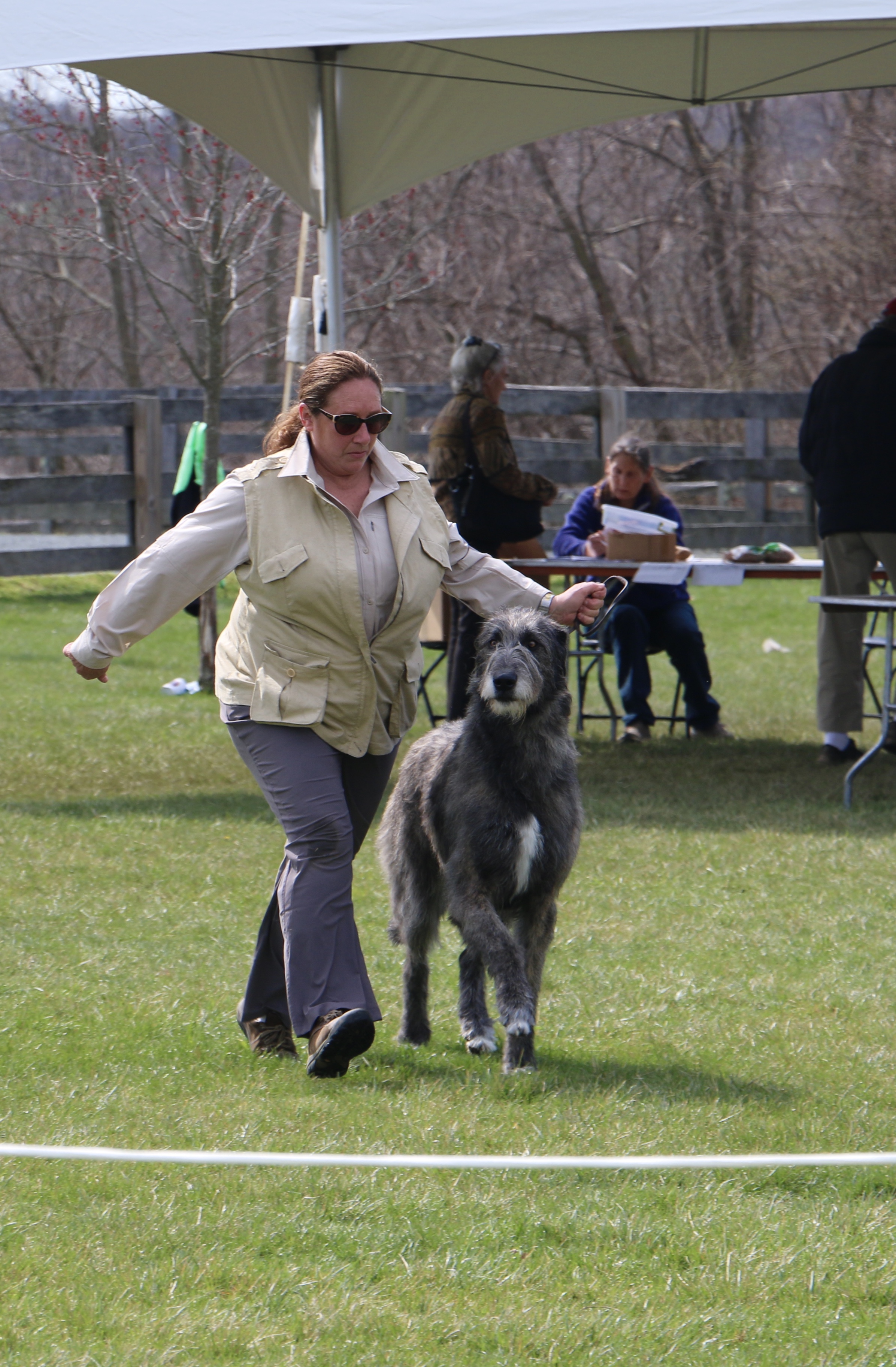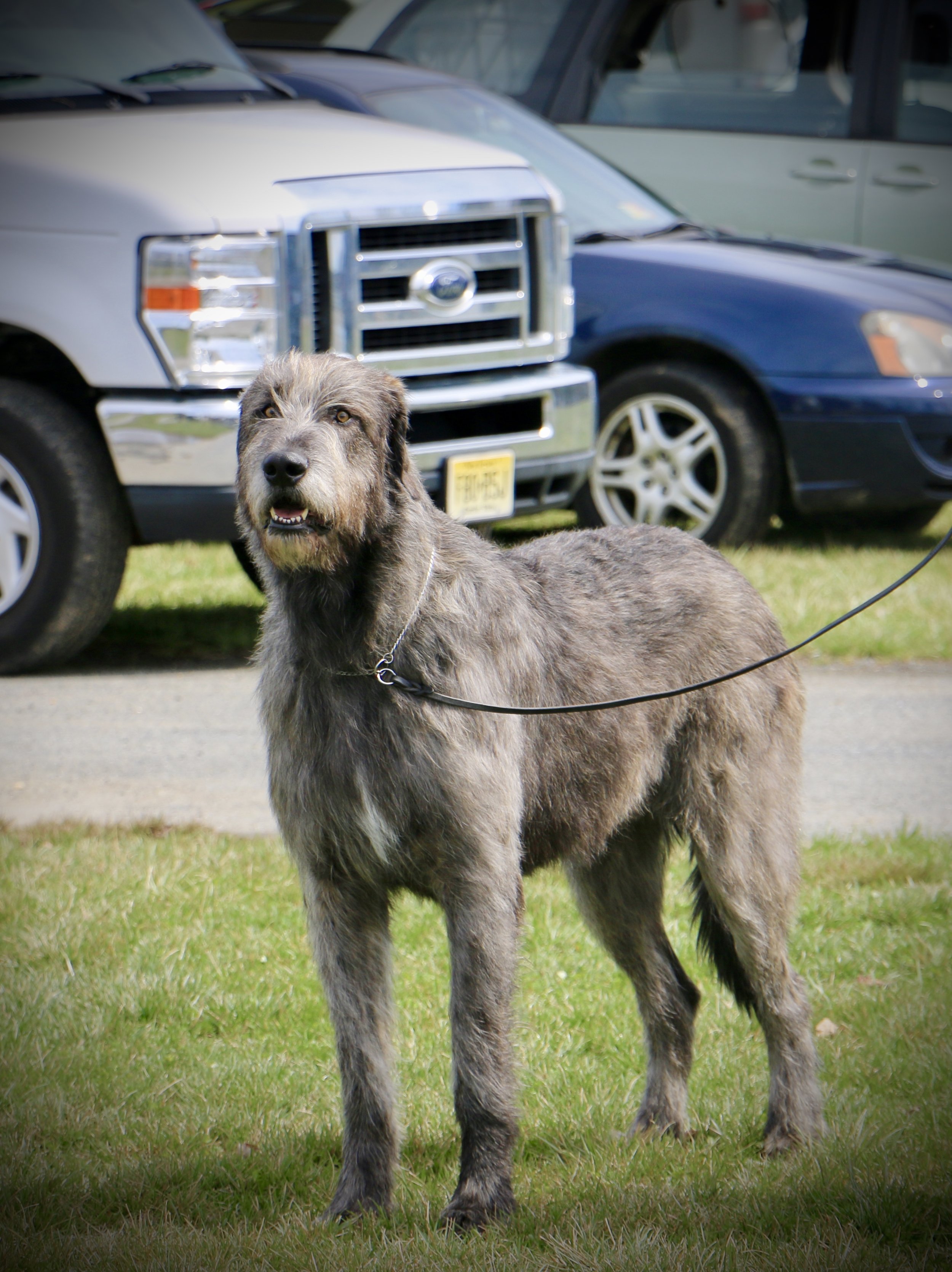I had previously posted quick feedback on another brand of poop scooper spade and pan style which you can read here. This time around we purchased three of Lee's Stool Tool Cleanup System, Large Tray w/Scraper/Spade from Amazon. What the heck, I tried all the other brands and had not been satisfied because they break too soon. Yes, even the metal ones. We go through a set of three Poop scoopers throughout our property in 6 months to a year. Usually, the rivets pop off the back of the pan which is how it is attached to the hollow metal handle. Then you are left with a pan having no handle. We live in the mountains and experience sub-zero winters with lots of ice which poses a problem when you are cleaning dog waste from the yards and paddocks. Most times you are chopping away with the side of the spade to loosen frozen dog waste despite our diligent and constant four times a day cleanup schedule.
Lee's stool cleanup tray and spade are made of plastic. The description of the material is "Rigid PVC (High Impact Styrene), " but I was under the mistaken impression that it would be a much sturdier product. On the whole, they are mostly worthless to use if you have hard snow or icy conditions. This product would, however, be ideal for warm climates having no snow, and the plus side is that the PVC is slippery so dog waste does not stick as it does on metal pans leaving residue behind! The downside to the slipperiness is that you best keep the pan level at all times or the waste will slide right off, and you will have to start all over again. All in all, no, we would not buy this brand again as it was a waste of money for me if I cannot use it year-round. Additionally, the plastic is too flimsy.






